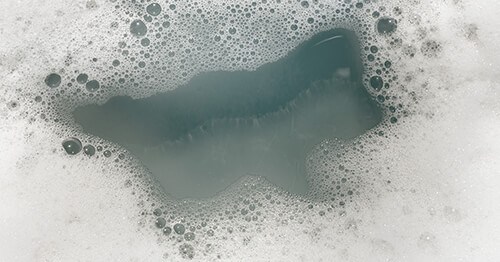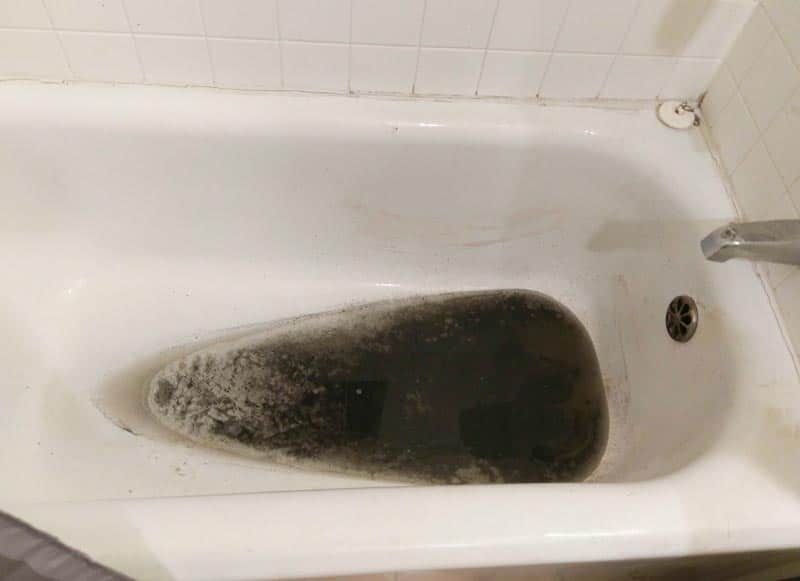Uncovering the Causes of Waste Backflow in the Bathtub
Uncovering the Causes of Waste Backflow in the Bathtub
Blog Article
We've discovered this post pertaining to Why is Sewage Backing Up Into My Bathtub? down the page on the net and decided it made perfect sense to share it with you on this site.

Sewage back-up in the tub can be a distressing and unhygienic issue for any type of property owner. Not only is it inconvenient, but it additionally poses serious health threats and suggests underlying issues with the plumbing system. Understanding why sewage is turning up with the bathtub is vital for taking ideal action to address the trouble effectively.
Intro to the Concern
Usual Factors for Sewage Backup
Obstructions in the Sewer Line
One of the most typical reasons for sewage backup is a blockage in the sewer line. This can occur because of the buildup of debris, oil, or international things in the pipelines, protecting against appropriate circulation and triggering sewer to support right into your bath tub.
Tree Root Intrusion
Tree origins seeking dampness and nutrients can infiltrate sewage system lines with tiny fractures or joints. With time, these roots can expand and expand, triggering substantial damage to the pipelines and leading to sewage back-up concerns.
Recognizing the Issue
When sewer starts backing up right into the bathtub, it's a clear sign of a problem with the water drainage system. The wastewater that ought to be moving away from your home is instead locating its way back into your space, which can lead to considerable damages and health hazards.
Prospective Causes
Several aspects can add to sewer backup in the tub. From obstructions in the drain line to concerns with the plumbing facilities, determining the root cause is important for finding a remedy.
Aging Infrastructure
Older homes might have outdated plumbing systems that are extra susceptible to corrosion, fractures, and damage. As pipelines age, they come to be much more susceptible to leaks and obstructions, boosting the possibility of sewage back-up incidents.
Heavy Rainfall or Flooding
Throughout periods of heavy rainfall or flooding, the sewer system might become overloaded with excess water, causing backups and overflows. This can lead to sewer backing up into tubs and various other fixtures inside the home.
Indications of Sewer Back-up
Foul Odors
Undesirable smells emanating from drains or fixtures, especially in the washroom, might indicate sewage back-up issues. These smells are frequently solid and persistent, signaling an issue that requires prompt focus.
Slow Draining Fixtures
Tubs, sinks, and commodes that drain slowly or otherwise in all could be experiencing sewage backup. If multiple fixtures are influenced simultaneously, it's most likely that the concern stems from a typical factor, such as the major drain line.
Gurgling Noises
Odd gurgling or gurgling noises originating from drains pipes when water is running elsewhere in your house are a sign of air entraped in the plumbing system. This air build-up can arise from sewer backup and ought to be checked out without delay.
Health And Wellness Risks Connected With Sewer Backup
Contamination of Water
Sewage backup can infect the water supply in your home, presenting a serious health danger to you and your family members. Exposure to infected water can bring about stomach problems, skin infections, and various other health problems.
Mold Growth
Wetness from sewer backup can develop suitable problems for mold growth in your house. Mold spores can exacerbate respiratory system problems and trigger allergic reactions in delicate people, making prompt cleanup essential.
Spread of Disease
Sewer consists of hazardous germs, viruses, and bloodsuckers that can create a range of illness, including liver disease, cholera, and gastroenteritis. Entering contact with sewage or infected surfaces puts you at risk of infection.
Tidying up After Sewage Backup
Sanitation Procedures
Extensively sanitize and sanitize affected locations after sewage backup to eliminate hazardous germs and avoid mold development. Usage proper cleaning products and safety equipment to make sure risk-free and effective clean-up.
Repair of Impacted Locations
Fix any kind of damages to flooring, wall surfaces, or fixtures triggered by sewage backup. Depending upon the extent of the damages, you may need to change carpeting, drywall, or other products to restore your home to its pre-loss condition.
Immediate Actions to Take
Switching Off Supply Of Water
In case of sewer backup, it's necessary to switch off the water supply to prevent additional contamination and damages. Situate the major water shutoff valve in your house and closed it off until the issue can be fixed.
Calling a Specialist Plumber
Dealing with sewer back-up is not a do it yourself work. Call a qualified plumber with experience in taking care of sewage-related concerns to examine the circumstance and carry out required repairs or clean-ups.
Staying Clear Of Contact with Infected Water
Up until the sewage back-up is fixed, stay clear of contact with polluted water to prevent the spread of microorganisms and virus. Put on protective equipment if you need to remain in the afflicted area and wash your hands thoroughly afterward.
Safety nets
Normal Maintenance of Sewage System Lines
Schedule normal evaluations and upkeep of your sewer lines to recognize and attend to possible problems before they escalate into significant troubles. This can consist of cleaning out debris, examining for tree origin invasion, and repairing any type of damaged pipelines.
Mounting Backwater Shutoffs
Consider setting up backwater shutoffs in your plumbing system to avoid sewage from receding right into your home during durations of heavy rainfall or flooding. These valves automatically close when water draws back up, securing your property from contamination.
Correct Disposal of Family Waste
Stay clear of purging anything apart from bathroom tissue and human waste down the commode to avoid blockages and blockages in the sewage system line. Dispose of grease, oil, and other house chemicals correctly to decrease the risk of plumbing troubles.
Why Is Water Backing Up in My Bathtub When I Flush My Toilet?
What to do about a sewer line clog
First, don’t bother with plunging. No amount of plunging will dislodge the clog in a sewer line. The clog is too far away. Plungers are for clogs in the toilet itself, not the sewer line. Plus, the most likely causes of a sewer clog are:
Tree roots Flushed toys or feminine products Grease buildup Those items don’t move easily. And in the case of tree roots, the roots need to be cut out of the pipe and the pipe will need to be repaired.
You’ll need a closet auger. A closet auger is a type of plumber’s snake with a protective cover to keep from scratching the delicate porcelain toilet. If the clog is further down, you may need to remove the toilet or use one of your cleanouts to get to the clog.
We also recommend doing a video inspection of the drain to ensure that the cause of the clog has been completely removed. Otherwise, you could have the same problem again in a few days or weeks.
https://mspplumbingheatingair.com/blog/why-is-water-backing-up-in-my-bathtub-when-i-flush-my-toilet

I ran across that blog entry on Water Coming up Bathtub Drain while doing a search on the search engines. Those who enjoyed our post if you please don't forget to share it. Thanks a bunch for your time. Return soon.
Request Service
Report this page